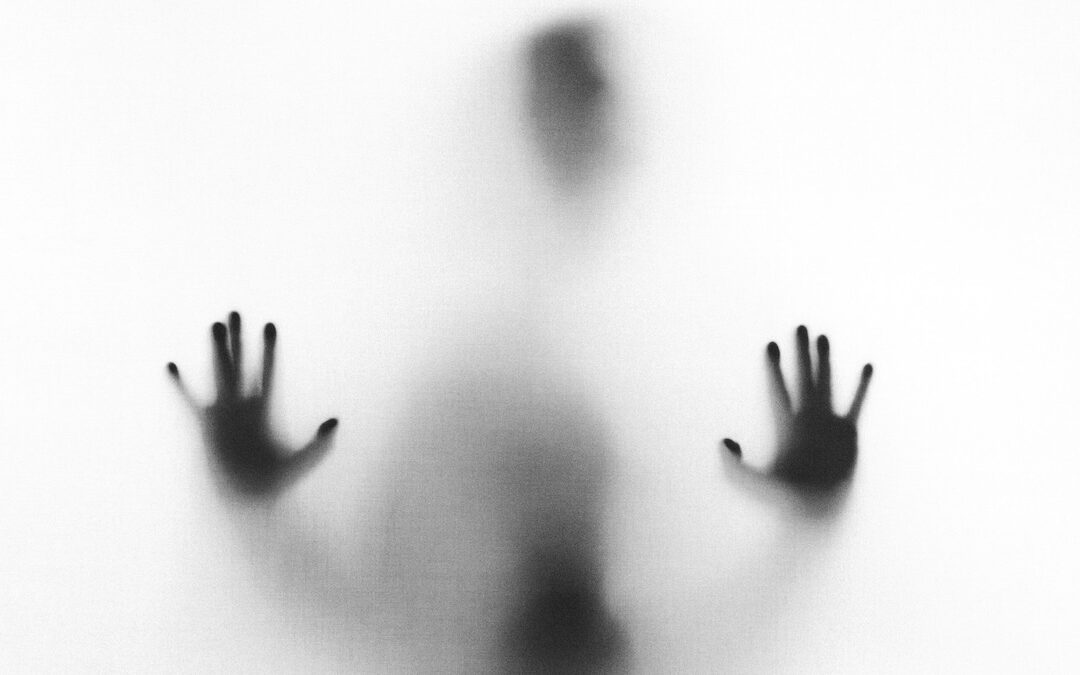New Year’s Day marked a dispiriting milestone for one New Jersey woman: 20 months of symptoms of COVID-19. The woman, who asked for anonymity to protect her medical privacy, suffers from a variety of neurological problems that are associated with long COVID, including brain fog, memory problems, difficulty reading, and extreme fatigue. In her search for treatment, she came across neurologists at New York University (NYU) who were trying electrical neurostimulation for long COVID patients. She signed up for experimental treatments five days per week that send gentle electric currents through her skull and into her cortex.
It might sound weird, she says, but the reality is quite mundane. People ask me, ‘You’re putting electricity in your brain? Where do you go to do that?’ And I say, ‘I do it in my house.’
The woman was part of a wave of people who started turning up at NYU’s neurology clinic in the late spring of 2020, several months after the first wave of COVID-19 cases hit New York City. They were saying, ‘I can’t function, I can’t return to work,’
a professor of neurology at NYU Grossman School of Medicine. To make matters worse, doctors had little to offer these patients.
The syndrome, technically known as post-acute sequelae of SARS-CoV-2 (PASC) infection, is associated with a long list of possible symptoms, including heart palpitations, breathing problems, and a wide variety of neurological issues. We need to do so much work to understand what long COVID is,
Charvet says. But we also need to reach people now with something that we know is safe and deployable.
Researchers Step Up
Neurostimulation refers to electrical stimulation of the brain or peripheral nerves; it is part of a growing field that is sometimes called bioelectronic medicine or electroceuticals. When the pandemic hit, researchers who had been working on neurostimulation for other maladies looked for ways to help the medical response.
Others, including Charvet, took on long COVID. The U.S. Food and Drug Administration (FDA) was seeking remote and scalable treatment options for COVID-19 patients, and actively solicited proposals for neurostimulation trials that could be carried out by patients in their own homes. While the trials so far have been very small, the results have been promising enough to support larger studies to optimize the technology and to test the efficacy of these treatments.
Charvet has tried tDCS with a handful of people so far. During the 20-minute stimulation session, the patient also does a therapeutic activity such as a cognitive game and may also do some physical exercise after the session. Charvet says the research so far has been a testing ground—it’s not scientific, it’s not controlled.
Patients have come to her for help with brain fog, fatigue, headaches, emotional dysregulation, and other problems, and she tweaks the treatment protocols based on each person’s symptoms.
At the Medical University of South Carolina, psychiatry professor Mark George applied neurostimulation in a pilot study of 20 patients that he began in late 2020; his study used an at-home device that stimulated the vagus nerve through the ear. George’s patients did 1-hour sessions each morning and evening, six days per week, while seated and doing whatever they wished.
We showed you could do this kind of stimulation at home; the safety data was impeccable,
George says. And we saw reductions in brain fog, improvements in energy, some improvement in anxiety.
He is now applying for funding for a larger study.
One of his patients, a woman in her 60s who asked to be identified only by her first name, Pam, says she suffered from brain fog, memory lapses, fatigue, and mood swings following her case of COVID-19, which sent her to the emergency room in April 2020. When she started the stimulation, she felt a lessening of the uncharacteristic depression and anger that had troubled her, she says. When I started with the treatment, I felt a little brighter, more like myself,
Pam says. I think I was a little better mentally.
Another participant, a woman in her 50s who asked to be identified only as Beth, spent 23 days in the hospital during her initial battle with COVID-19, including more than a week in the intensive care unit. A few weeks after she started the stimulation, I noticed improvements in my headaches,
Beth says, and also with the vertigo.
Both women say their symptoms returned when the study ended, although not with the same intensity.
We don’t have a medication for brain fog.
– Jennifer Frontera, NYU
Frontera explains that some people dealing with long COVID may have experienced low levels of oxygen in their brains during their acute illness, while others may have immune systems that went into overdrive following COVID-19 infection.
To get a handle on the basics, Frontera and her colleagues conducted a study about health impacts of the pandemic, surveying 1,000 people whose demographics roughly matched those of the United States in terms of age, gender, and ethnicity. They did not ask participants whether they had been infected with COVID-19 until the end. They found that pandemic-related stress factors such as financial and relationship problems were equally predictive of anxiety, depression, and insomnia as a history of COVID-19 infection. However, a history of infection was more predictive of cognitive issues.
She notes that the study found that 25 percent of people with a history of COVID-19 had symptoms that persisted beyond a month. If you translate that out to the population of the United States, that would be 6 million people,
she says. She is most troubled by the cognitive problems she is seeing, she says: We don’t have a medication for brain fog.
Frontera and her colleagues have also been following people who have been hospitalized because of COVID-19; they published a paper regarding the patient’s status six months after infection and recently submitted a paper with data from one year after infection. Even after one year, she says, 80 percent of those people were still experiencing symptoms, and 50 percent scored as abnormal on a cognitive screening tool. That’s a lot of cognitive disability,
she says.
Searching for the Why
If neurostimulation does help with the neurological symptoms of long COVID, it’s not clear why. Stimulation with tDCS has been shown to increase plasticity in the brain, or the ability of the brain to make new connections between neurons; neuroplasticity is associated with learning, changing thought patterns, and rehabilitation after injury. Vagus-nerve stimulation has been shown to reduce inflammation in the body, which is a component of autoimmune disorders; if some long haulers are suffering from an overactive immune system, vagus-nerve stimulation could help. George in South Carolina hopes to collect biomarkers associated with inflammation in his next study to examine that possible connection.
Citations
- IEEE Spectrum – Zapping the Brain and Nerves Could Treat Long COVID – Pilot studies test electrical treatments for the still-mysterious malady (original publication)
- American Medical Association – What doctors wish patients knew about long COVID
- Wikipedia – Neurostimulation
- The Lancet – Addressing the post-acute sequelae of SARS-CoV-2 infection: a multidisciplinary model of care
- CDC – Post-COVID Conditions: Information for Healthcare Providers
- BioMed Central, Ltd – Bioelectronic Medicine
- IEEE Spectrum – Big Pharma’s Big Bet on Electroceuticals
- Medical University of South Carolina – Mark S. George, MD
- IEEE Spectrum – The Vagus Nerve: A Back Door for Brain Hacking
- IEEE Spectrum – Brain Stimulation Via Earbuds: Unobtrusive Technology Could Treat a Variety of Diseases
- Frontiers Media S.A. – Prevalence and Predictors of Prolonged Cognitive and Psychological Symptoms Following COVID-19 in the United States
- CES Ultra – Vagus Nerve Stimulation
- CES Ultra – What Is CES?


